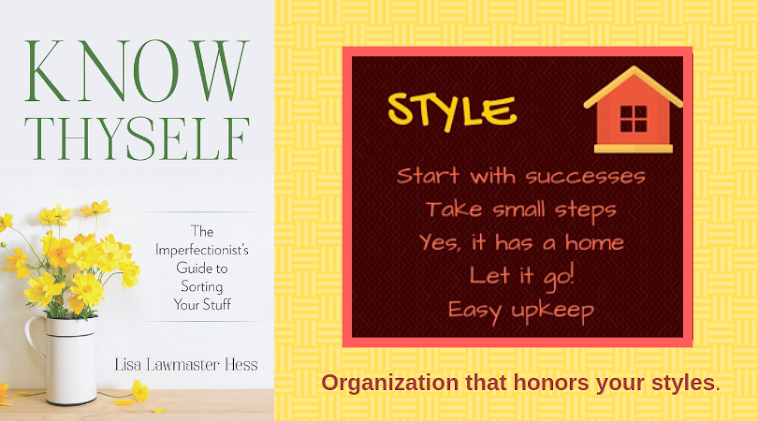 |
| Dodgerton Skillhause via Morguefile |
Unfortunately, this is often easier said than done. Here are a few keys to kick starting the process.
Start at the bottom. I wish I could take credit for this idea, but the truth is I heard it long ago on HGTV and have been using it ever since. With clothing and paper in particular, the oldest items are usually on the bottom of the pile. Outdated and forgotten, they're relatively easy to get rid of. Consequently, they can prime the pump. Once we've tossed a few things, the whole Let it Go! process just feels easier.
Pick a season. Although I mean to go through all of my Christmas stuff in the off-season and my school files over the summer, what usually happens is that the need for these items (or new versions of them) is what finally motivates me to attack the piles. As with strategy #1, tackling old stuff can be just what I need to stop procrastinating and start de-cluttering, especially if it means making way for new and improved versions.
Don't try to do it all at once. Nothing makes me procrastinate faster than feeling overwhelmed. Promise yourself you'll eliminate one pile or work for half an hour, and then walk away, secure in the knowledge that you've made progress. Maybe even play "Beat the Clock," setting a timer and seeing how many items you can toss or put away before the timer goes off.
When Let it Go! feels too challenging, it's easy to procrastinate, which is sad because we miss out on the benefits a good de-cluttering session can provide. At its best, Let it Go! can help us feel lighter as we eliminate the old to make room for the new, or to free up the most beautiful of all organizational sights -- clear space. If letting things go is hard for you, be patient with yourself as you tackle this task a little at a time.









